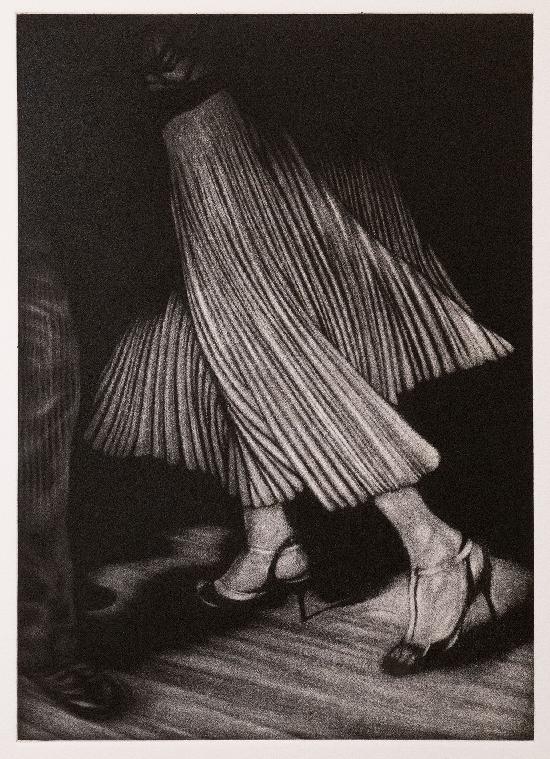Fine art prints and drawings |
|
| Basket: 0 items, total £0.00 | |
| Continue shopping in: Shop | The Invitation | View basket / Checkout | |
The Invitation
Mezzotint - limited edition of 30 - unframed
Size (image area): 18 x 25 cm
Borders: minimum 3cm
Until I know how popular an edition will be, I print a small number of prints in advance of sales. If those run out due to a rush of orders there will be a delay of about a week before orders will be fulfilled (to allow for the printing process and subsequent drying of the prints). If a delay is necessary I will let you know on receipt of your order - but if you need your print by a specific date, please email me in advance of placing your order to check availability)
Price includes postage to any United Kingdom address.
Size (image area): 18 x 25 cm
Borders: minimum 3cm
Until I know how popular an edition will be, I print a small number of prints in advance of sales. If those run out due to a rush of orders there will be a delay of about a week before orders will be fulfilled (to allow for the printing process and subsequent drying of the prints). If a delay is necessary I will let you know on receipt of your order - but if you need your print by a specific date, please email me in advance of placing your order to check availability)
Price includes postage to any United Kingdom address.
Number currently available: 30
| Description | Code | Quantity | |||
| The Invitation | INV | £150 |

|





